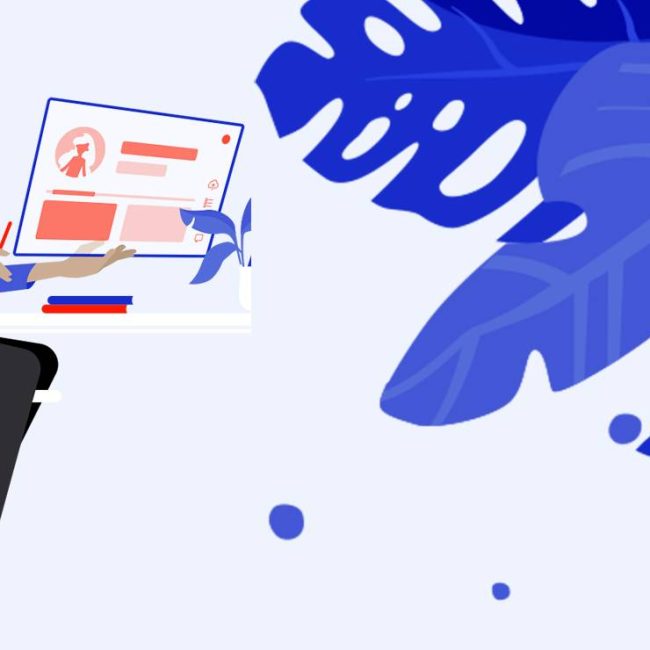
What Is Spam Trap And How Spam Trap Cleaning Service Helps?
What Is Spam Trap And How Spam Trap Cleaning Service Helps?
Spam traps, also known as HoneyPots, are used to identify and monitor spam email. Spam traps are used by organizations such as anti-spam organizations, Internet service providers (ISPs), and corporations.
Nevertheless, why should you be concerned? Why use spam trap cleaning service? Unfortunately, even the most well-meaning sender could wind up with a spam trap on their email list. Spam traps can result in your IP address or domain being blacklisted, affecting your reputation and email delivery.
Even if you aren’t a spammer, it’s important to understand what spam traps are and how you can avoid adding them to your list.
Spam Traps And Their Types
Spam traps help determine spam-like practices and behavior, but not all traps negatively affect your sender reputation or deliverability of emails. In some cases, you will be highlighted for poor email practices, while in others, you may be placed on a blocklist from which it will be complicated to get out.
Pristine spam traps
Primarily, pristine spam traps are those that use unused email addresses. Organizations like significant Internet service providers (ISPs) and blocklist providers create these emails to serve as spam traps. A purchased email list often contains pristine emails.
Your sender reputation suffers the most damage when you have pristine addresses on your subscriber list. As a result, there is no other way to fall into this spam trap than to have gotten the email address without the owner’s permission.
Recycled spam traps
Recycled spam traps are email addresses that were once used before. Owners abandon these sites, deactivate them, and then repurpose them as spam traps. An example would be email addresses from ex-employees and domains from inactive websites.
A recycled email will cause it to bounce hard, informing the sender that it is inactive. If the hard bounce is ignored, the spam trap will identify senders who keep sending emails. The only disadvantage of recycled addresses is that they reveal bad list management and poor email list hygiene, which might harm your reputation.
Invalid email addresses
Email addresses with typos or fake addresses are invalid. Email typos may occur when typing email addresses into websites and forms. The most common error types are @gmial.com, @gnail.com, or @yhoo.com.
Spam Traps And How To Avoid Them
Keep your email lists up-to-date
Regularly removing inactive subscribers from your email list is a good practice for email list hygiene. You should monitor your open rates to identify people who don’t interact with your emails, as they will only damage your reputation. Prioritize the quality of your list over the quantity!
Keep your databases up to date
Do you ever take the time to carefully review your contacts list? You should probably start your list from scratch if you haven’t contacted these people in a long time, say 2 years. There will have been changes in jobs, roles, interests, and locations during this time.
Grow your list ethically and honestly
We cannot stress this enough: DO NOT buy email lists. Emails gathered in this way may have been collected without the owners’ permission and are likely to be out of date. Furthermore, you are violating laws like the CAN-SPAM Act and GDPR.
Rather than buying an email list of prospects, it’s better to build your list organically in the long run. Try a different approach by letting prospects opt-in to your mailing list after they learn about your business.
Avoid gathering emails from the web
Harvesting emails from the web is convenient, but it’s easy to get caught up in it. If they’re on the internet, they’re free to use, right? Wrong. You can gather spam traps and get blocked if you use tools such as web crawlers and email scrapers.
Double opt-in for new subscribers
When people sign up for emails from you, your work isn’t done just because they entered an email address and clicked submit. It might be possible that they used a fake email address or they made a typo when sending their message.
Double opt-in ensures the validity of emails you collect. Verify an email address by sending a confirmation email. Real people confirming the sender’s credibility reduces spam traps.
Use an email verification tool regularly
Automate list cleaning with an email validation tool like eHygienics. To detect potential spam traps including syntax errors and fake emails, simply upload your list to your favorite marketing platform.
A real-time email API allows you to verify emails as you collect them in your apps and websites. Save time and effort running regular cleaning jobs by automatically filtering out bad addresses before they are added to your list.







